Papertoy Glowbots: 46 Glowing Robots You Can Make Yourself!
Author: Brian Castleforte
Published August 23rd, 2016 by Workman Publishing Company
When I first looked through the book Papertoy Glowbots, after Brian Castleforte wrote an author guest post for Unleashing Readers, I knew that I wanted to utilize these fun robots in my classroom some how! First, let me tell you about the book. It has 46 different robots inside. Each robot has a name, a model name, description, ability, assembly instructions, and a narrative about the robot. In the back of the book, there is a template to remove that matches the assembly instructions and then glow-in-the-dark stickers to add on when done with the robot.
I loved not only the creative aspect of the robots, but the real-life aspect (following directions), and the narrative elements. However, I knew that I had to make sure that the activity I did with the robots was standards-based and fit within one of my units, so when I was building my argumentative writing and debate unit, I felt it fit perfectly (along with the Who Wins? activity I shared also)! My unit learning goal was “Students will be able to present claims and findings with relevant evidence, valid reasoning, and well-chosen details about a particular subject,” and one of my learning targets was “Students will be able to create an argumentative paragraph supporting their claim.” And I got it! Why not have students create an argumentative paragraph stating why their robot is THE BEST robot if the robots were all going to take part in Robot Wars (like Big Hero 6).
With my target set up, the students got to work! They were allowed to add any abilities to their robot; however, they could not change anything that was already stated in the Glowbots book. For example, if their robot didn’t have legs, they couldn’t add them, but they could make their eyes have lasers. Here is an example of Lightning Bee’s paragraph (you can see his information from the book above). Students first wrote up a profile for their robot then turned it into an argumentative paragraph:
My students had to try to think of any scenario and try to put something in their paragraph that proves that their robot would win in the scenario. For example, one of the robots is a submarine–what happens if the other robot is on land? Or vice versa?
After the students wrote their robot profile and creative argumentative paragraph, they were able to build their robot:
When everyone’s robot was built (which was harder than you’d think! It was a real lesson in following instructions and colloborating!), we started our ROBOT BATTLES leading up to the final ROBOT WAR! I used brackets and random.org to set up our battles, and we got started! These battles were a battle of words though, so students came to the front to present their robots and face off using their argumentative paragraphs. (Some got into it more than others!)
The rest of the class then decided based on the paragraphs which robot would be the champion of the battle. If I do this lesson again, I would allow the groups to debate more to help persuade the audience, but I stuck with them reading the paragraphs. Using a double elimination bracket, we determined which two robots in each class would go to the final ROBOT WAR!
My students loved this activity, and we used each robot battle as an opportunity to discuss argumentative and persuasive techniques and why one robot was a winner over the other. And on top of this, I felt that it was a great activity for learning to follow directions, work together, and think futuristically & creatively.
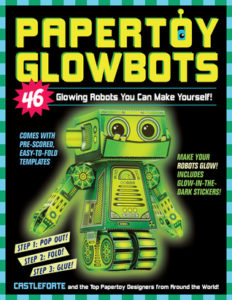
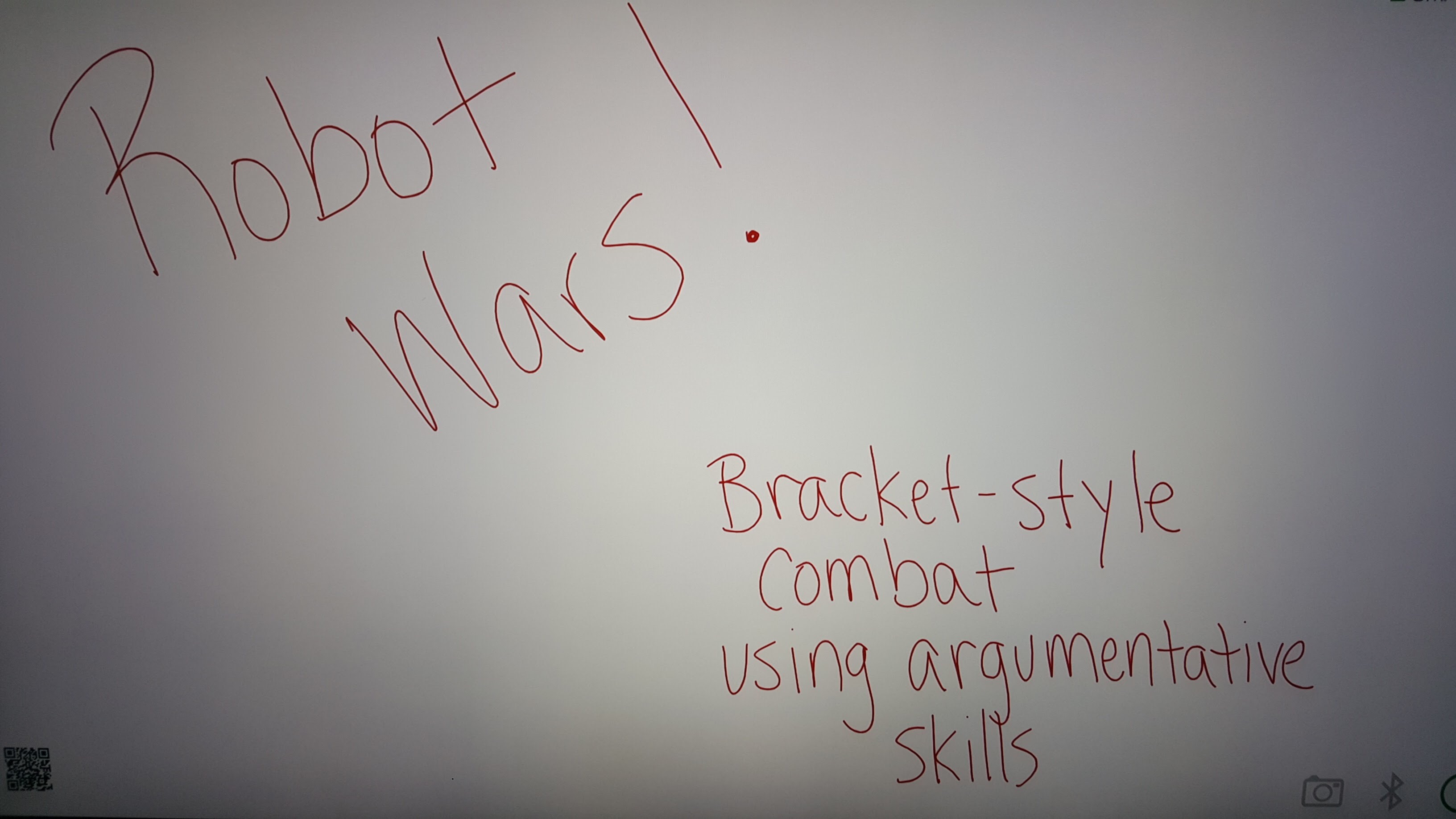
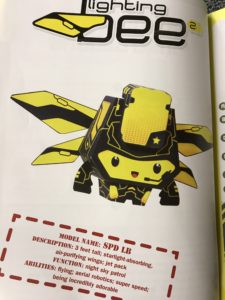
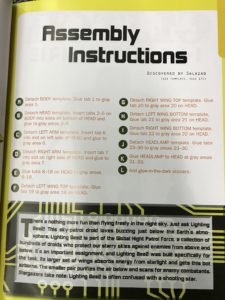
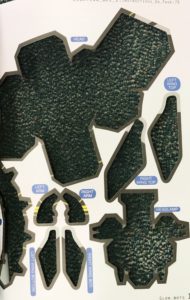
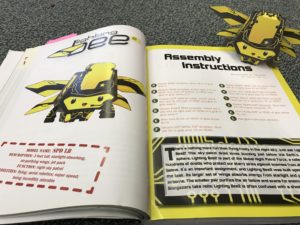
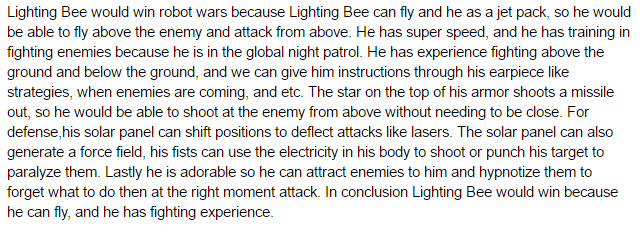
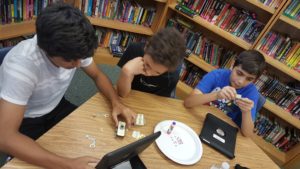
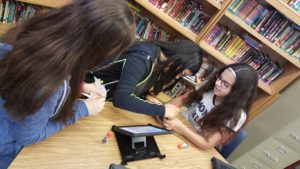

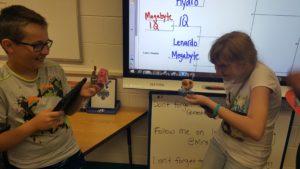

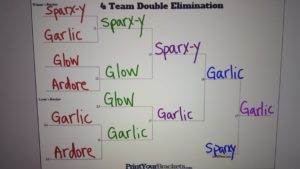
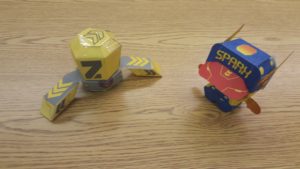
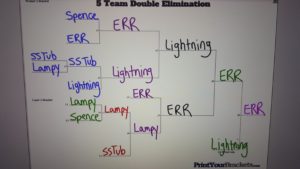
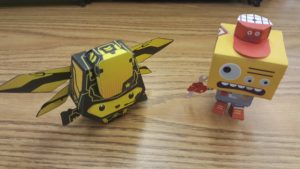
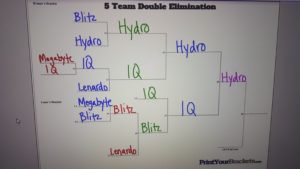
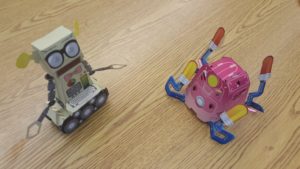
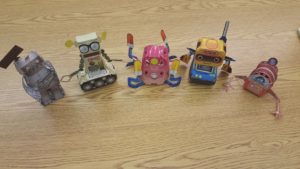
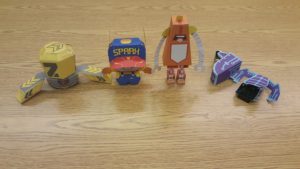
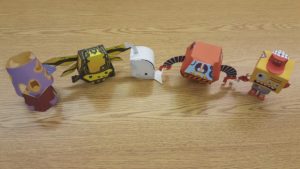

Such a wonderfully fun way to engage your students.